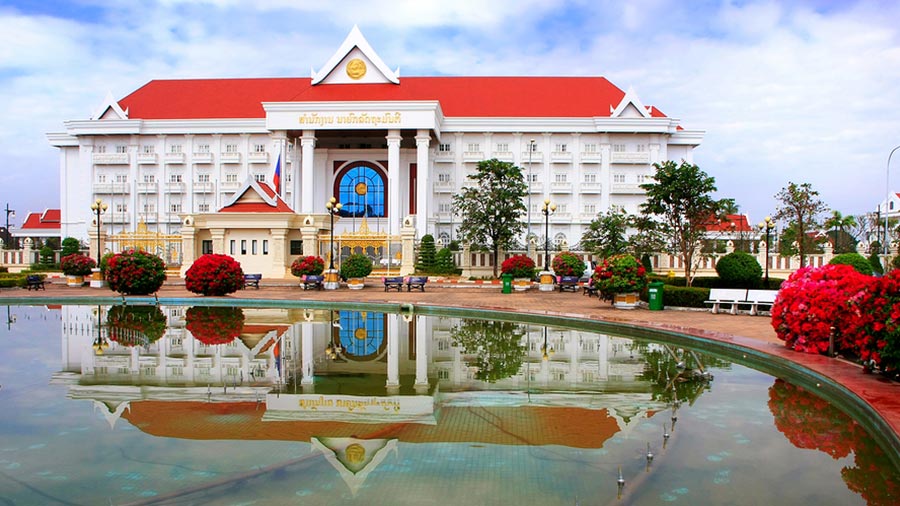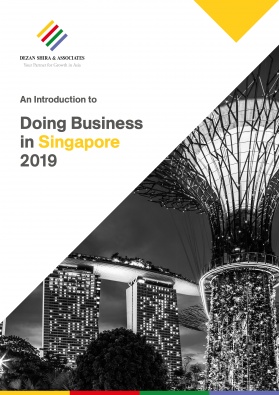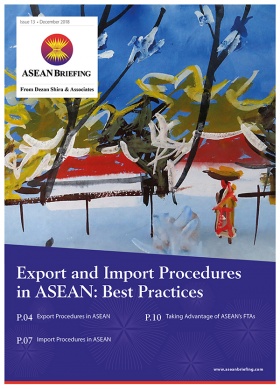Laos’ Investment Outlook for 2019
Laos – often referred to as the “Battery of Southeast Asia” – is one of the smallest nations in ASEAN. The country’s total population is less than ten million. Laos is strategically located between China and its economically more advanced ASEAN neighbors – Vietnam and Thailand. In recent years, the country’s energy sector has experienced massive investments largely due to the country’s natural hydropower resources.
Economic performance in 2018 at a glance
With growth rates of around 7 percent in recent years, the country is one of the best preforming in ASEAN. Laos’ GDP rose from US$17 billion in 2017 to US$18.3 billion in 2018. FDI inflows increased from US$660 million in 2017 to US$1.6 billion in 2018.
In 2018, however, the agricultural and export-based businesses experienced a setback due to several floods that hindered logistics and destroyed crops.
However, the electricity, construction and tourism sectors performed well. Several investment projects in hydropower and transport, including the railway link from China to the capital, Vientiane were launched in 2018.Investment climate
Despite the official government line, which is very welcoming of FDI, several obstacles remain. The local free market economy combined with a strong communist state control mechanism makes FDI partially complex. Requirement for foreign investors to comply with special rules – in particular concerning strategic areas like mining and hydropower where the government largely has to approve projects – increases the need to use a local partner while investing in large projects.
Legal uncertainty – specially lack of transparency – may also deter investors. Many existing laws are unclear if not contradictory. However, the 2016 Law on Investment Promotion clarified investment policies and introduced comprehensive tax incentives.
As in several other ASEAN nations, Special Economic Zones (SEZs) provide the main avenues for overseas investment. The Foreign Investment Law facilitates the establishment of SEZs. However, as of 2018, only 12 of 40 planned SEZs have been established.
In April 2018, the new Law on Intellectual Property (IP) was enacted. The law makes it possible to oppose a trademark, industrial design and patent registration easily within 60 to 90 days. Overall, the law provides a clear regulatory framework that is reliable and transparent for foreign investors.
End of Hydropower boom?
The economic development of Laos is mainly backed by massive investments in the hydropower sector. However, in 2018, the Xe-Pian Xe-Namnoy dam collapsed and affected as many as 16,000 people. The government quickly said that substandard construction was the cause of the disaster. At the same time, it stated that it wants to make hydropower the largest source of state revenue by 2025.
With 51 existing dams, 46 under construction and 112 in development phase, the sector already contributes heavily to the economy. While it is unclear if more strict rules will be framed for hydropower infrastructure projects, a significant change in the regulatory environment remains unlikely given the sector’s potential as a high revenue earner for the government.
Investment Opportunities in 2019
While the growth prospects for Laos in 2019 are positive, the country’s GDP growth rate is expected to slightly drop to around 6.5 percent.
Laos’ economy is forecast to be mainly driven by the electronic parts manufacturing sector and the power sector. The tourism sector also has potential for growth due to an expected increase in tourists from countries outside ASEAN.Overall, hydropower will remain a major driver of growth in 2019. As the energy sector is largely based on exports, investments in projects for improving connectivity with the energy markets of China, Vietnam and Thailand will be an additional focus of FDI in 2019.
About Us
ASEAN Briefing is produced by Dezan Shira & Associates. The firm assists foreign investors throughout Asia from offices across the world, including in Singapore, Hanoi, Ho Chi Minh City, and Jakarta. Readers may write asia@dezshira.com for more support on doing business in ASEAN.
- Previous Article Thailand’s Investment Outlook for 2019
- Next Article Brunei’s Investment Outlook for 2019








